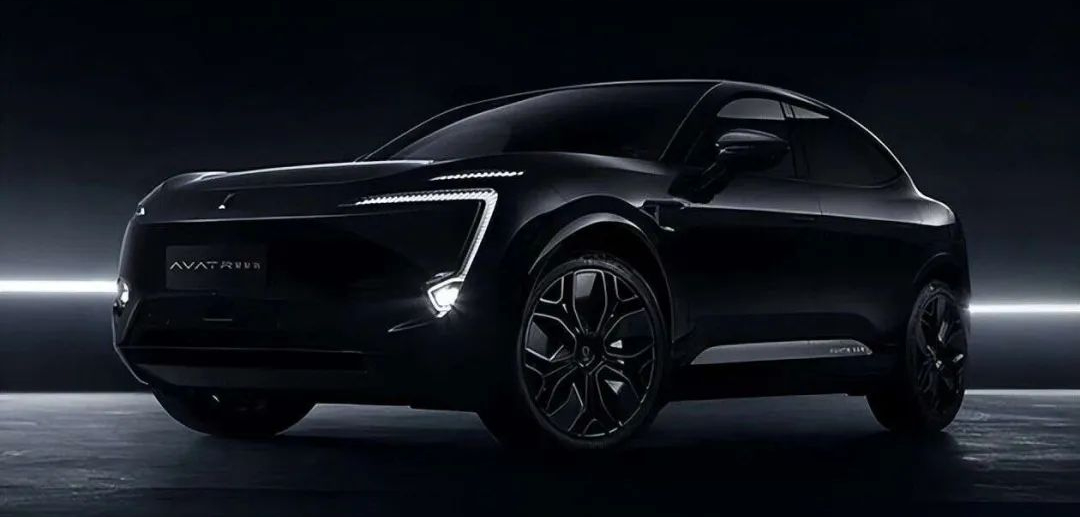Author: Zheng Senhong
In just a few years, the intelligent transformation brought by the new force of car making is strongly impacting the century-old traditional automotive industry.
Tesla, the leader in the pure electric market, has repeatedly set new sales records and steadily maintained its position as the world’s largest automaker by market capitalization.
The first batch of new car-making forces, such as XPeng Motors, has achieved breakthroughs in sales, brand awareness, and intelligentization through continuous efforts. Meanwhile, traditional car companies such as Volkswagen, Toyota, Ford, and General Motors have also accelerated their electric transformation strategies.
Faced with such a trillion-dollar market, the second batch of new car-making forces in China have also begun to enter the arena. Currently, Avita, which has the CHN architecture, emotional intelligence as its core, and a cross-border team, is the strongest player in the industry.
On April 8th, Avita’s first limited edition collaboration model, Avita 011, made its global debut.
As the opening work of Avita’s fashionable cross-border “0” series, Avita 011 is jointly created by Matthew M. Williams and Avita’s Chief Designer, Nader Faghihzadeh, with a global limited edition of 500 units.
Nader Faghihzadeh is a veteran in the automotive industry, having created works such as the BMW 7 Series, BMW iNEXT concept car, and BMW i8 Roadster during his 20-year career at BMW Group.
Matthew M. Williams is a designer with a strong personal style and outstanding design talent. He was Lady Gaga’s personal designer and began serving as the creative director of Givenchy in 2020.
The cross-border collaboration between the two parties brings more human emotions and casual luxury style to Avita 011. For Avita, which has had cross-border genes since its inception, such collaborations are not the first time.
The Collision of Traditional Car Companies and Tech Companies: CHN is an Innovation Model, Not a Buy-and-Sell Model
Avita is hard to be associated with cars just by its name.
In fact, Avita has been operating within the Changan Automobile for a long time. At that time, Avita was code-named “AB brand” and was the predecessor of the “Changan NIO” project, a collaboration between Changan and NIO. Later, Changan Automobile increased its capital and made it a subsidiary.
In May 2021, Ningde Times and Huawei entered the renamed Avita in succession.
Zhu Huarong, chairman of Changan Automobile, said that Ningde Times has become the second largest shareholder of Avita. Although Huawei has not invested in shares, its empowerment, support, and close cooperation with Avita is more like a joint venture.
Thus, Avita, a sixty-year-old veteran car company, Huawei, the world’s leading ICT solution provider, and Ningde Times, the battery manufacturer that has been the world’s leader in installed capacity for five consecutive years, have embarked on their first cross-border collaboration through Avita.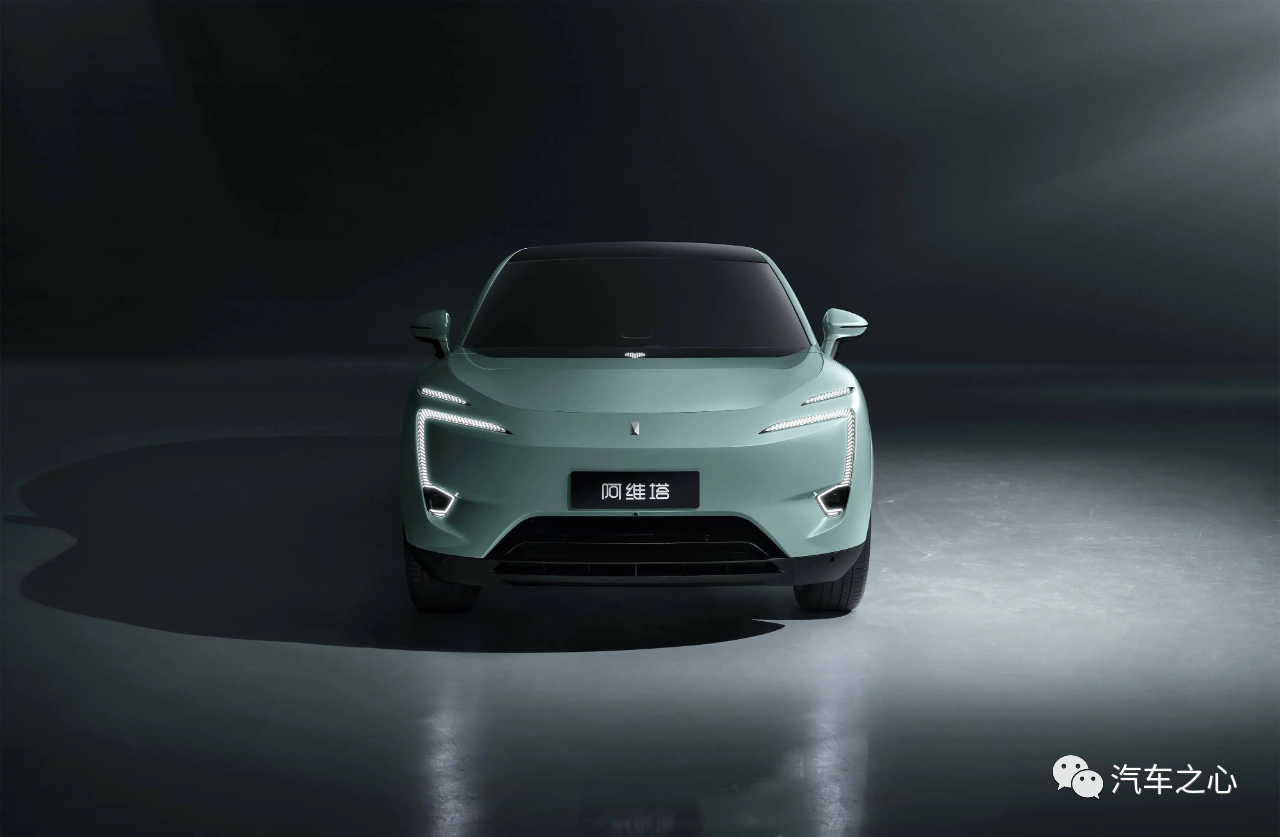
As for the Avita brand jointly established by the three giants, Zhu Huarong stated that it is in line with the development of the times and the needs of users.
For Changan, Avita is a key move to challenge the high-end market.
As early as October 2017, Changan Automotive announced the “Shangri-La Plan”, which planned to completely stop selling traditional fuel cars by 2025.
In Changan Automotive’s strategic plan for 2025 announced last year, the proportion of new energy vehicle sales is planned to increase to 35% and reach 1.05 million cars.
Based on the sales volume of Changan Automotive’s new energy vehicles reaching 100,075 units last year, they not only need to achieve a “ban on fuel vehicles” within less than four years, but also increase the sales of their self-developed new energy vehicle models by more than ten times.
In addition to the Changan Deep Blue brand based on Changan’s self-developed EPA pure electric platform achieving a real transformation towards electrification of its products, Avita can be said to have shouldered the burden of Changan Automotive’s upward transformation to electrification.
Avita is produced based on the smart electric connected vehicle (CHN) platform developed by Changan Automotive, Huawei and CATL, with Changan’s one million production capacity taking on the role of vehicle manufacturing, including technical support such as vehicle manufacturing experience, channel layout, etc.
As for the critical power battery part of electric vehicles, Avita is handed over to “the second largest shareholder” CATL responsible.
In March of this year, Avita completed the first round of strategic financing settlement and business information changes, and CATL officially became the second largest shareholder of Avita with a 23.99% shareholding ratio.
This cooperation to jointly create a new energy vehicle brand with a car manufacturer means that we can see the most advanced battery technology that CATL has to offer on Avita’s models.
In April of this year, CATL released the third-generation platform-based CTP technology, internally known as the Kirin battery. Under the same chemical system and the same battery pack size, the Kirin battery pack can increase the energy density by 13% compared with the 4680 battery pack.
Whether Avita can be the first to apply this leading technology in the industry is also worth looking forward to.
According to official information, Avita 11’s range will exceed 700km, and it will also apply a 750V high-voltage charging system.
This is largely due to the advanced battery technology provided by CATL and Changan’s technical accumulation. Avita 11’s charging speed will surpass existing products.
In addition, due to the shortage of power battery production capacity and the sharp rise in core raw material prices such as lithium and nickel, many new energy vehicle companies are experiencing phenomena such as price increases and inability to deliver.
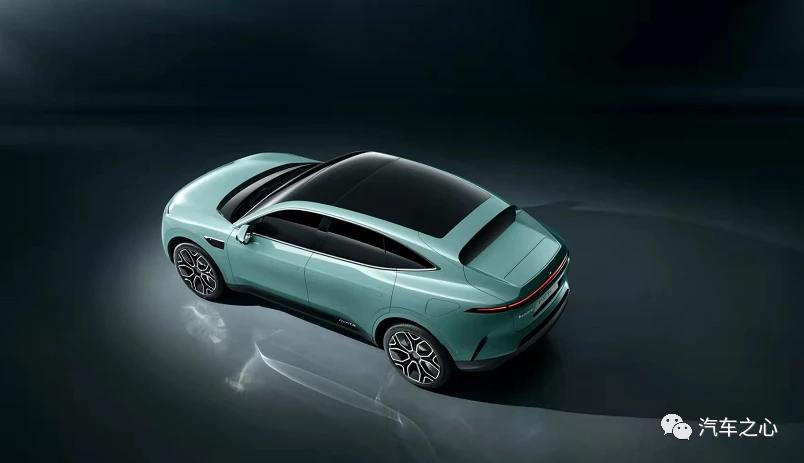 In the current industry where battery resources are in short supply, with the presence of CATL as the second largest shareholder, AVIC’s supply chain system can now be fully guaranteed.
In the current industry where battery resources are in short supply, with the presence of CATL as the second largest shareholder, AVIC’s supply chain system can now be fully guaranteed.
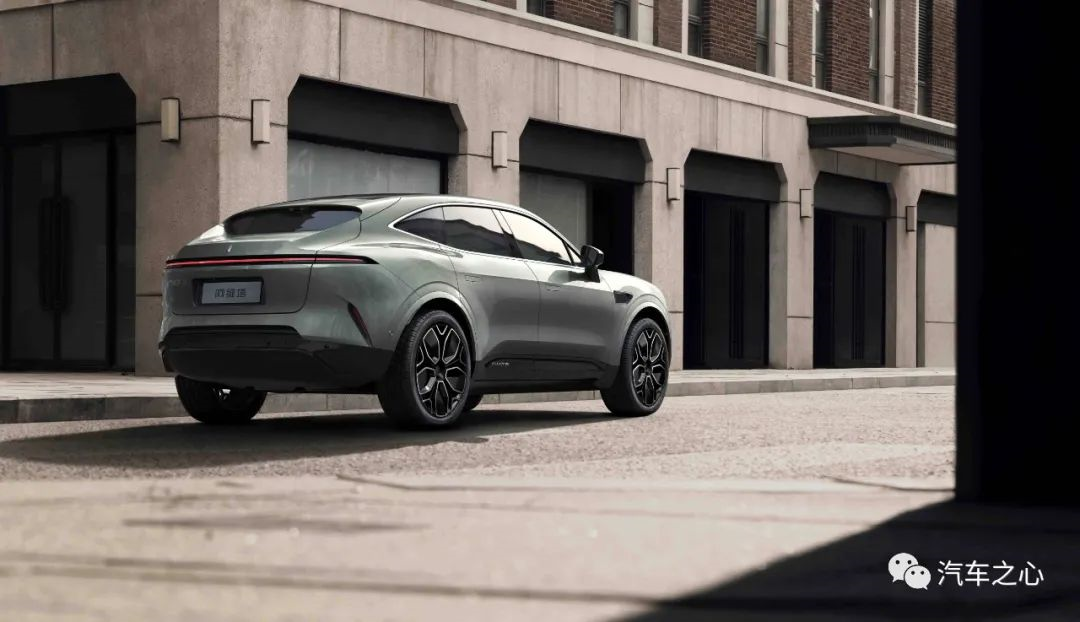
Although Huawei did not invest in AVIC, as a strategic partner, Huawei has participated deeply in AVIC’s technology development. The cooperation model between the two parties is consistent with the cooperation models between Huawei and BAIC ARCFOX, GAC AIWAYS, which is the Huawei Inside mode.
What is special about the Huawei Inside mode? The most obvious feature is the “deep bundling” of car companies and Huawei.
In the words of Wang Jun, Huawei Car BU COO, Huawei Inside is “co-defined and co-developed” by Huawei and car companies, and Huawei’s sales channels can also provide some assistance.
In the Huawei Inside mode, AVIC has applied Huawei’s full-stack capability for smart cars. The core of this is an intelligent car digital platform called iDVP.
In brief, iDVP has software iteration and hardware plug and play, which can help shorten the development cycle of car models by AVIC. iDVP is like a bottom-level “large software operating system”, in addition to its sustainable iterative evolution, it has a greater ability to bridge the three control domains of intelligent driving, intelligent cockpit, and intelligent car control.
In addition to iDVP, the “full-stack package” of Huawei Inside also includes automatic driving computing platform, intelligent cockpit platform, radar, BMS battery thermal management system, etc.
Wang Jun once said, “Whether it is the HI mode or the Huawei Select mode, both have abandoned the traditional supplier mode.”
If traditional parts suppliers provide standard parts, then in the era of intelligent automobiles, various customized parts need to be produced by combining the performance, configuration, and space of each car.
Therefore, the focus of Huawei Inside is not only on the full-stack, but also on the deep, highly customized cooperation between the two parties.
The CHN architecture created by the three-party collaboration is AVIC’s first card.
In regards to this card, Tan Benhong summarized, “This is an innovative model, not a ‘buying and selling model’. We did not charge for any development fees from Huawei, and Ningde did not charge us for any samples or development fees.”
Starting from the second half of 2021, the competition in the electric car market market has rapidly entered the “deep water area”-the platform-based competition stage of “new architecture, large computing power, and high voltage”.
This card can also be said to be the cornerstone of AVIC: Changan Automobile can ensure the safety attributes of AVIC cars, guarantee the quality of new cars, Huawei brings smart attributes to new cars, and CATL brings abundant power.Tan Benhong once said that “the real explosion of ideas or the emergence of new technologies is often due to the fusion of different fields that cannot be integrated on their own. Although Changan, Huawei, and CATL come from different fields, they all have a common strategic goal, which is to promote Chinese brands.”
The birth of Arcfox combines the strengths of various companies and showcases the concentrated advantages of traditional car companies’ resource advantages and technology companies’ technical advantages.
In the face of Arcfox 11, how long can the Model Y still be competitive?
At last year’s brand event, the Arcfox 11 made its debut and four core data on intelligence, battery power, power, and energy supplement were announced:
- 400Tops computing power
- 750km range
- 0 to 100 km/h acceleration within 4 seconds
- 200 kW high-voltage super fast charging
Behind the data is the bet on the success of the Arcfox 11 in the market.
The New Car Declaration Information by the Ministry of Industry and Information Technology (MIIT) shows that the Arcfox 11 is equipped with the dual-motor power system provided by Huawei, with a maximum front motor power of 195 kW, a maximum rear motor power of 230 kW, and a comprehensive power of up to 425 kW.
The powerful dual-motor comprehensive performance brings an extremely exaggerated acceleration level, and the official website said that the Arcfox 11 has entered the “3-second club” in terms of zero to 100 km/h acceleration.
Obviously, this is already the method used by high-end luxury brands. Supercar level power is one of the brands’ confidence in moving up, like NIO ET7, which is also located in the same club.
In terms of range, the Arcfox 11 comes with a 90.38 kWh ternary lithium battery pack, and its comprehensive range can reach 600 km. A long-range version with a range of over 700 km will be launched afterwards.
At the same time, the maximum charging power of 240 kW provides the Arcfox 11 with fast charging conditions that only require 15 minutes to charge from 30% to 80% battery capacity.
At least in terms of paper data, the Arcfox 11 can be said to crush the Tesla Model Y performance version of the same level. In terms of motor power, battery capacity, and other aspects, the Arcfox is better than the competition.
Moreover, the combination of high-performance data with high energy density (long range), high rate (discharge performance under rapid acceleration and severe driving, charging performance under fast charging) and other performance requirements places a great demand on the power battery.
CATL is the first battery company in the industry to achieve heat-free diffusion technology on NCM 811 high specific energy batteries. Similar technologies will ensure that the Arcfox 11 is at the best level of the “high specific energy, high rate, and high safety” triangle balance of the power battery.
On the other hand, in the era of intelligent cars, how to manage the computing power of cars has become a key factor in the overall performance of smart cars.According to public information, Huawei will provide its MDC computing platform, 400Tops computing power, and three 96-beam mid-to-long-range LiDARs for the Avita 11.
This means that the Avita 11 is the second model, after the Arcfox Alpha S, to be equipped with Huawei’s ADS full-stack solution and Nth LiDAR mass production model.
The Avita 11 is equipped with Huawei’s self-developed 96-beam mid-to-long-range LiDAR that:
- Has a detection range of 150 meters with a 140°×25° detection angle
- Features uniform distribution of horizontal and vertical beams in a full field of view
- Has a high frame rate of 25Hz, with a resolution of 0.25°×0.26°
- Has a small size that meets the needs of mass-produced models
This product possesses the ability to see far in high-speed scenarios (measuring range), see widely in complex intersections (horizontal FOV), and quickly detect targets in near-range and inter-cut-in scenarios (vertical FOV).
According to statistics, mass-produced models equipped with LiDAR, such as NIO ET7/ET5, XPeng G9, IM L9, WM Motor M7, Leapmotor C01, Xpeng P7, and Salon Mechdragon, will also be released and available for purchase this year.
Against the backdrop of the era of mass-produced LiDAR-enabled cars, Huawei has at least helped Avita 11 to establish a foothold in the field of intelligent driving assistance.
At the same time, Avita’s high-speed and urban point-to-point intelligent driving assistance, which is about to be mass-produced, has already been included in its product planning.
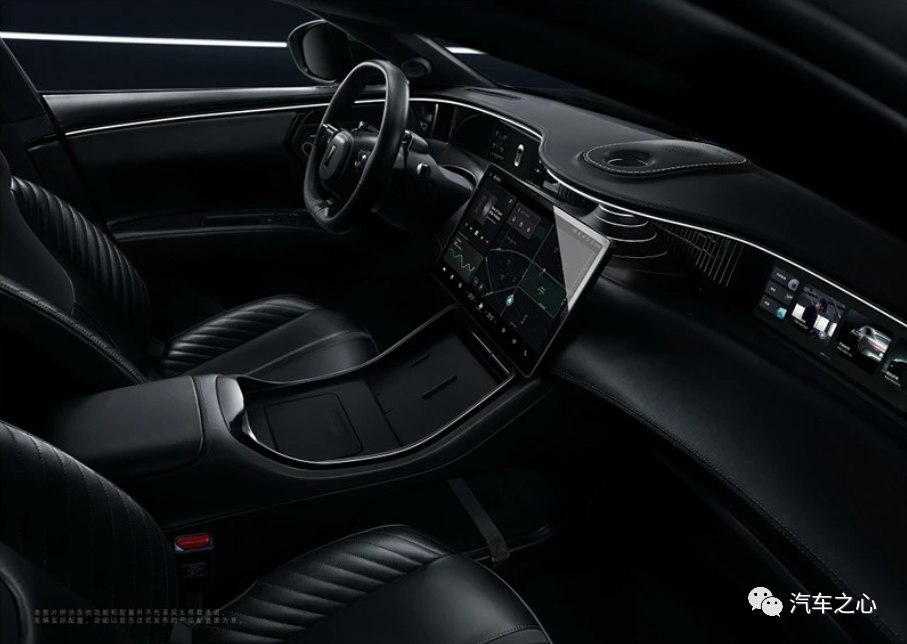
In addition, Avita 11 has a strong product competitiveness in the field of intelligent cockpits.
Just based on the interior design that has been announced, Avita 11 adopts a mainstream layout of a dashboard + center control screen + front passenger screen, with Huawei’s HarmonyOS as the vehicle system.
HarmonyOS can be understood as Huawei’s “full-family package” integrated into the car, which not only has a smooth operating system and self-developed hardware, but also includes a rich software and hardware ecosystem.
With its rare configuration of three LiDARs, stunning four-passenger capacity Huawei ADS system, and acclaimed HarmonyOS system, the Avita 11, a mid-size SUV, meets the performance standards of top-tier models in all aspects.
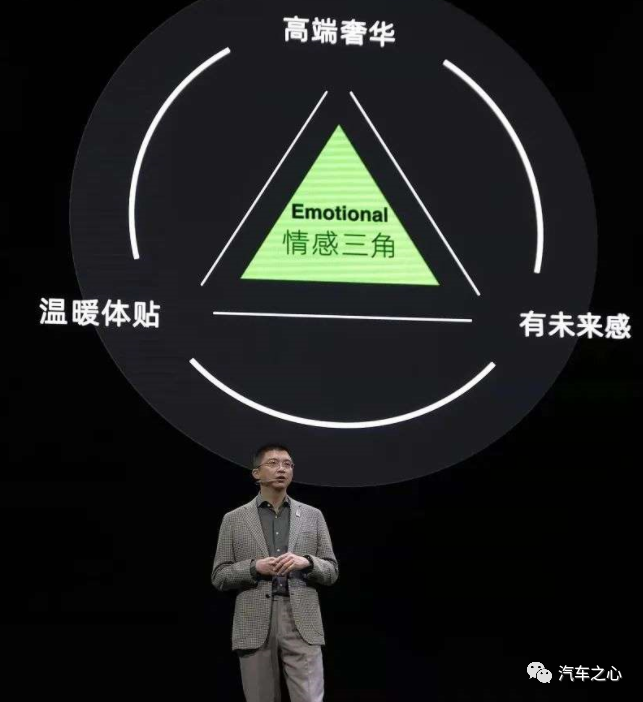
If Avita’s first strength ensures that it is on par with other brands in terms of LiDAR, computing power, and powertrain configuration, then the second strength – “emotional intelligence” – emphasizes the differentiation of Avita from other brands.# Emotional Intelligence: The Design Core of Avatar Brand
If we had to summarize it with a paradigm, emotional intelligence is the core of Avatar’s design, combining high-end luxury, warmth, and a futuristic feel.
In fact, emotional intelligence is the user emotional needs triangle that Avatar has established, and technology is the foundation behind it.
As a commodity, cars can be designed with high-end luxury and warmth, which are both user needs that are constantly advancing, and technology can connect these two elements while also imbuing a sense of futurism.
“High-end luxury is no longer the sole domain of traditional major brands. Younger brands can create high-end luxury products if they genuinely focus on innovative design and user experience,” says Tan Benhong.
“Warmth and consideration are no longer limited to after-sales service and customer reception. Users expect cars themselves to be warm and considerate. That is, they want their cars to be personalised, understand and know them, and be warm and considerate towards them.”
Based on its understanding of user needs, Avatar has positioned itself as an emotional intelligence electric car, not only by loading it up with technology and hardware but also by empowering users with a new way of life.
Cross-Border Thinking and the Reconsideration of Trends
Judging by the current market trends, Avatar’s opportunities are becoming increasingly clear.
Our secretary-general of china passenger car association, Cui Dongshu, predicted early this year that sales of new energy vehicles will exceed 5.5 million units in 2022, with a penetration rate of around 25%.
Compared to 2021’s 2.989 million domestic new energy passenger cars, new energy passenger cars are expected to experience a 54% rise this year. This also accounts for the high expectations that various new energy vehicle companies have for China’s new energy market this year, where the pace of product iteration is continuously increasing.
However, faced with the uncontrollable factors surrounding the pandemic, almost all automakers have had to alter their pace, including the delivery of the IM L7 and the debut of Ideal L9, even the Beijing Auto Show scheduled time has not been determined.
Backed by giants such as Changan Automobile, CATL and Huawei, Avatar has inherent advantages in the electric vehicle sector, whether it be in battery supply chains, vehicle-level chips or capacity issues, amidst the ongoing battle of supply chain instability caused by the shortage of chips and rising raw material prices.
With all the necessary preparations in place, the Avatar 11 will also be launched and delivered in the third quarter of this year.
Just like in the past three years, Avatar has not followed the tide with other new energy vehicle companies, and after its first launch, it still maintains its own development pace.
In terms of funding, Avatar will start its A-round financing this year. Regarding car model planning, Avatar will release four new cars in the next five years.
Tan Benhong believes that the intelligent electric vehicle race is a marathon-like competition, and a slow pace will also have the chance to be the first to arrive at the finish line.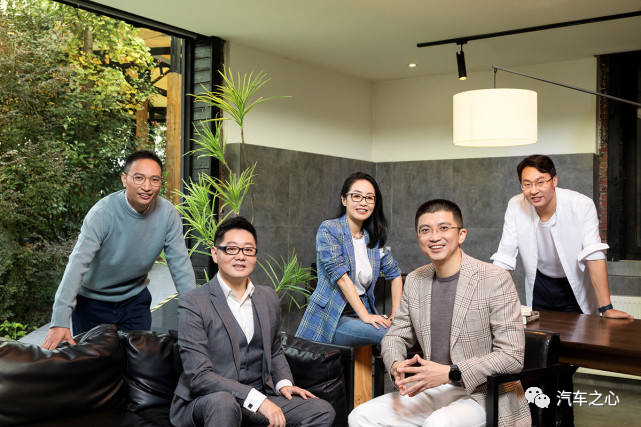
To win a place in this marathon-like race, an indispensable role is played by behind-the-scenes managers, which is also Avita’s third ace: the cross-border core management team.
-
Avita Technology’s Chairman and CEO Tan Benhong: He has served as a manager in the field of technological innovation, product research and development, and brand communication in Changan Automobile, with more than 20 years of experience in the automotive industry.
-
Avita Technology’s Vice President Wang Jinhai: He has served as the executive vice president of national sales and service agencies for Changan Ford, and has also worked in marketing management for Changan Mazda and Changan Automobile.
-
Avita’s Chief Financial Officer Liu Shibin: He has served in key positions in the financial management department of Changan Automobile.
-
Avita Technology’s Chief Marketing Officer Wang Lin: He has served in brand management positions in several internationally renowned companies, including Apple, Chanel and other top luxury goods and technology companies.
-
Avita’s Chief Strategy Officer Ma Xinjie: He has served in management positions in the field of capital operations.
Except for Tan Benhong, Wang Jinhai, and Liu Shibin who were originally from the automotive industry of Changan, Wang Lin and Ma Xinjie do not have backgrounds in the automotive industry.
Tan Benhong once said when introducing Avita’s core team, “Our management team members come from many different industries. I think that using another group of talents from the traditional automotive industry may not make people feel fresh.”
To some extent, the significance of cross-border cooperation lies in leveraging the influence of both parties to achieve the result of 1+1>2. This is a common marketing method in recent years, such as the cross-border cooperation between Hongqi Automobile and Li-Ning, Volkswagen and Pokémon, Geely and the Sanxingdui Museum, etc.
However, for Avita, a series of joint actions, besides creating unconventional marketing methods, is mainly aimed at “de-Changanization” during the “Changanization” process.
As Zhu Huarong said, “Avita will create a completely market-oriented corporate governance structure and mechanism.” Changan Automotive has always emphasized Avita’s independence, and also indirectly highlighted Avita’s new image.
When Avita was established, there were voices from the outside world: Does the automotive industry need a new brand? If so, what kind of new brand should it be?
As Tan Benhong puts it, “Redefine user needs, define new categories and tracks, and of course a new brand is needed to create and lead the new track.”
From brand, to product, to team, Avita hopes to construct a co-creation platform with cross-border thinking, and Avita’s three aces can help Avita break free from traditional car-making concepts and face the future and users with new perspectives.
“Chinese automobile brands are no longer bystanders, or simple followers, but have become runners, and even leaders.” To some extent, this can be seen as Zhu Huarong’s expectation for Avita.
This article is a translation by ChatGPT of a Chinese report from 42HOW. If you have any questions about it, please email bd@42how.com.
